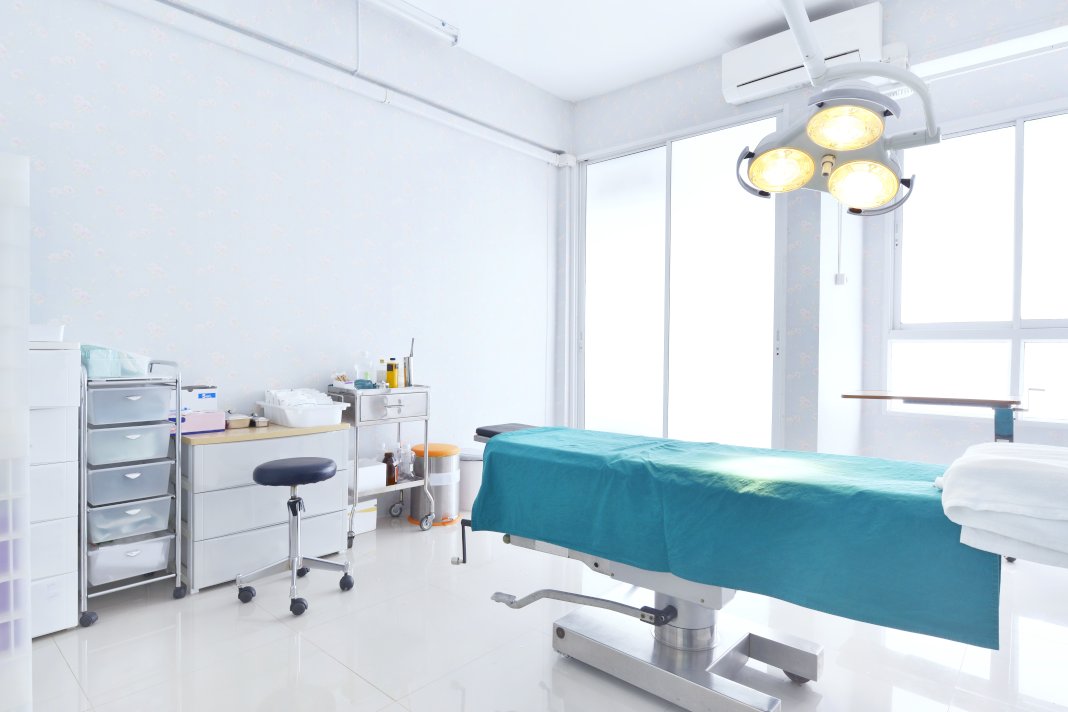The Resources You Need for Your Small Clinic

- Grants and donations from government agencies and private organizations can help small clinics acquire medical equipment, cover operational costs, and provide better care.
- Telemedicine services provide remote consultations and connect providers with specialists without geographic constraints.
- Diagnostic equipment such as x-rays, ultrasounds, and imaging technology helps doctors make quick, accurate diagnoses.
- Therapeutic equipment enables treatments unavailable in rural areas due to limited personnel or resources.
Small clinics in rural areas offer vital health resources and are immensely important for ensuring access to healthcare for those living in these locations. Due to their remoteness, rural areas often lack the funds and personnel to provide adequate medical coverage, making small clinics an indispensable part of the healthcare infrastructure.
The Philippines is no exception – many clinics in rural areas face personnel, funding, and resources issues. Even though these clinics are essential to providing quality healthcare to those living in these remote locations, they often have limited access to the resources they need to succeed.
Fortunately, there are several ways that small clinics can increase their capacity and be successful despite the challenges they face. Here are a few resources that small clinics can use to bolster their services and provide better care:
Grants and Donations
Grants and donations from government agencies and private organizations can be essential in helping small clinics provide quality care for their patients. Government grants allow clinics to acquire the necessary medical equipment, while donations from private organizations can help cover operational costs such as salaries, rent, and other fees. In addition, grants from the government are often designated explicitly for rural healthcare services, making them ideal for small clinics in these areas.
Donations from private organizations are also invaluable for small clinics in rural areas. Non-profit organizations have provided millions of dollars worth of medical aid to rural healthcare facilities. In addition, many corporate institutions offer funding programs to provide healthcare support to underserved populations in remote locations worldwide. This can be especially helpful if a clinic cannot adequately cover its operational costs.
Overall, grants and donations can help small clinics provide quality care for their patients by giving them access to necessary resources they otherwise would not have had access to. For rural areas that lack adequate healthcare infrastructure due to limited funds and personnel availability, these extra resources can make a huge difference in how well they can serve their communities.
Technology

Technology is increasingly becoming an integral part of the healthcare ecosystem, with small clinics in rural areas leveraging it to compensate for their lack of personnel and resources. By utilizing technology, small clinics can provide better patient care by delivering more accurate diagnoses, providing remote telemedicine services, and reducing administrative costs.
For example, electronic medical records (EMR) systems can store patient information securely and accurately, allowing for quick and reliable access to vital medical information. With EMRs, doctors can also share a patient’s medical history with other providers across different facilities, ensuring that every provider comprehensively understands the patient’s health. This ultimately improves the quality of care provided to patients in rural areas as they no longer have to rely solely on the doctor they initially visited.
Telemedicine is another technology that has revolutionized healthcare delivery in rural areas. Healthcare providers can connect with patients remotely and provide consultations without traveling long distances using video conferencing platforms or smartphone apps. This helps reduce wait times for appointments at small clinics while increasing access to specialists unavailable due to geographic constraints. Telemedicine also allows healthcare providers in rural areas to receive training from experts elsewhere without leaving their clinics.
Medical Equipment

Medical equipment and tools are essential for small clinics to provide quality patient care. They allow doctors to diagnose and treat patients better, making it easier for healthcare providers to conduct tests, monitor progress, and keep track of relevant information. Moreover, the right medical equipment can help small clinics save time and resources while improving outcomes. Here are some of the essential medical equipment and tools that small clinics need:
Diagnostic Equipment
Diagnostic equipment such as x-ray machines, ultrasound machines, and medical imaging technology allows doctors to identify and diagnose health conditions quickly and accurately. This helps save the patient and doctor time, as the diagnosis can be made without lengthy diagnostics or a referral to a specialist in another facility or area. You can find a medical diagnostic equipment supplier to provide your clinic with the essentials.
Therapeutic Equipment
Therapeutic equipment is essential for providing treatments that may otherwise not be available in rural areas due to limited access or personnel availability. This includes tools such as oxygen tanks, ventilators, monitors for vital signs monitoring, electrotherapy machines, and dialysis machines, which are needed to provide a wide range of treatments to patients with various health conditions. Therapeutic equipment also helps healthcare providers ensure safety during treatment procedures by monitoring vital signs and administering medications correctly.
Laboratory Equipment
Laboratory equipment is critical in helping physicians accurately diagnose their patients’ conditions. Small clinics need laboratory testing capabilities such as microscopes, centrifuges, blood analyzers, chemistry analyzers, and urine analyzers to aid in accurate diagnoses based on test results. These pieces of laboratory equipment also help cut down wait times since results can often be obtained much faster than with traditional methods of diagnostics.
Patient Monitoring Devices
Patient monitoring devices enable healthcare providers at small clinics to monitor their patients’ progress even after they have been discharged from hospital care or during follow-up appointments at the clinic itself. These devices include digital thermometers for temperature readings, pulse oximeters for measuring heart rate, blood pressure monitors, ECG (electrocardiogram) machines, and other handheld diagnostic devices.
Final Thoughts
Small clinics in rural areas are essential for providing quality healthcare to patients living in remote locations. Unfortunately, due to limited access to resources, small clinics may struggle to provide the adequate care their patients need. With the right resources and dedication, rural health providers can provide superior healthcare services despite limited funds or personnel availability.